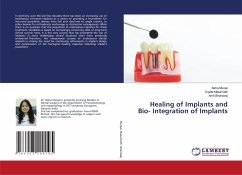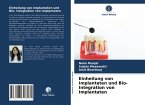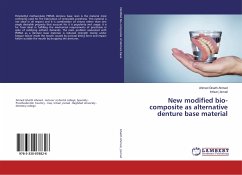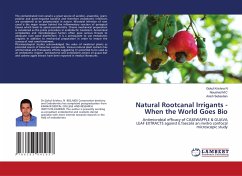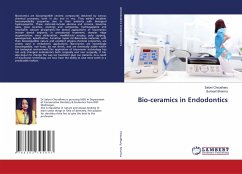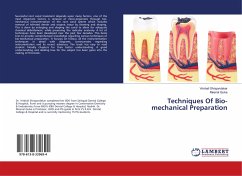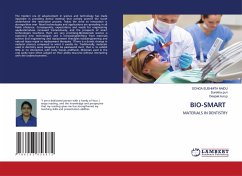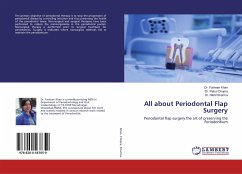In dentistry, over the last few decades there has been an increasing use of endosseous (in-bone) implants as a means of providing a foundation for intra-oral prosthetic devices from full arch dentures to single crowns, or other devices for orthodontic anchorage or distraction osteogenesis. While there is no question that the popularity of endosseous implants for these treatment modalities is based on increasingly convincing data of long-term clinical success rates, it is this very success that has prompted the use of implants in more challenging clinical situations than were previously envisioned.Therefore, the unequivocal success of endosseous dental implants is driving the need for continuing refinements in implant design and optimization of the biological healing response following implant placement.
Bitte wählen Sie Ihr Anliegen aus.
Rechnungen
Retourenschein anfordern
Bestellstatus
Storno

